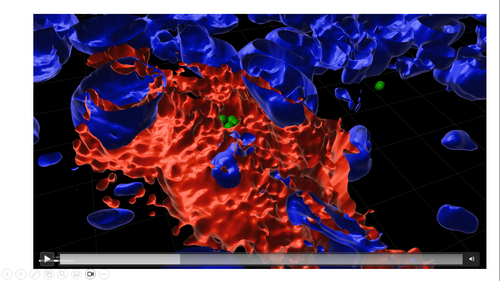Microbial Genetics of Infection. Coordinator: Prof. Oggioni
The mission of the “Microbial Genetics of Infection” Research Group is to understand the basic molecular mechanisms driving the patho-physiology of interaction of bacteria with the human host, and to develop translational approaches to exploit this understanding for prevention and treatment.
